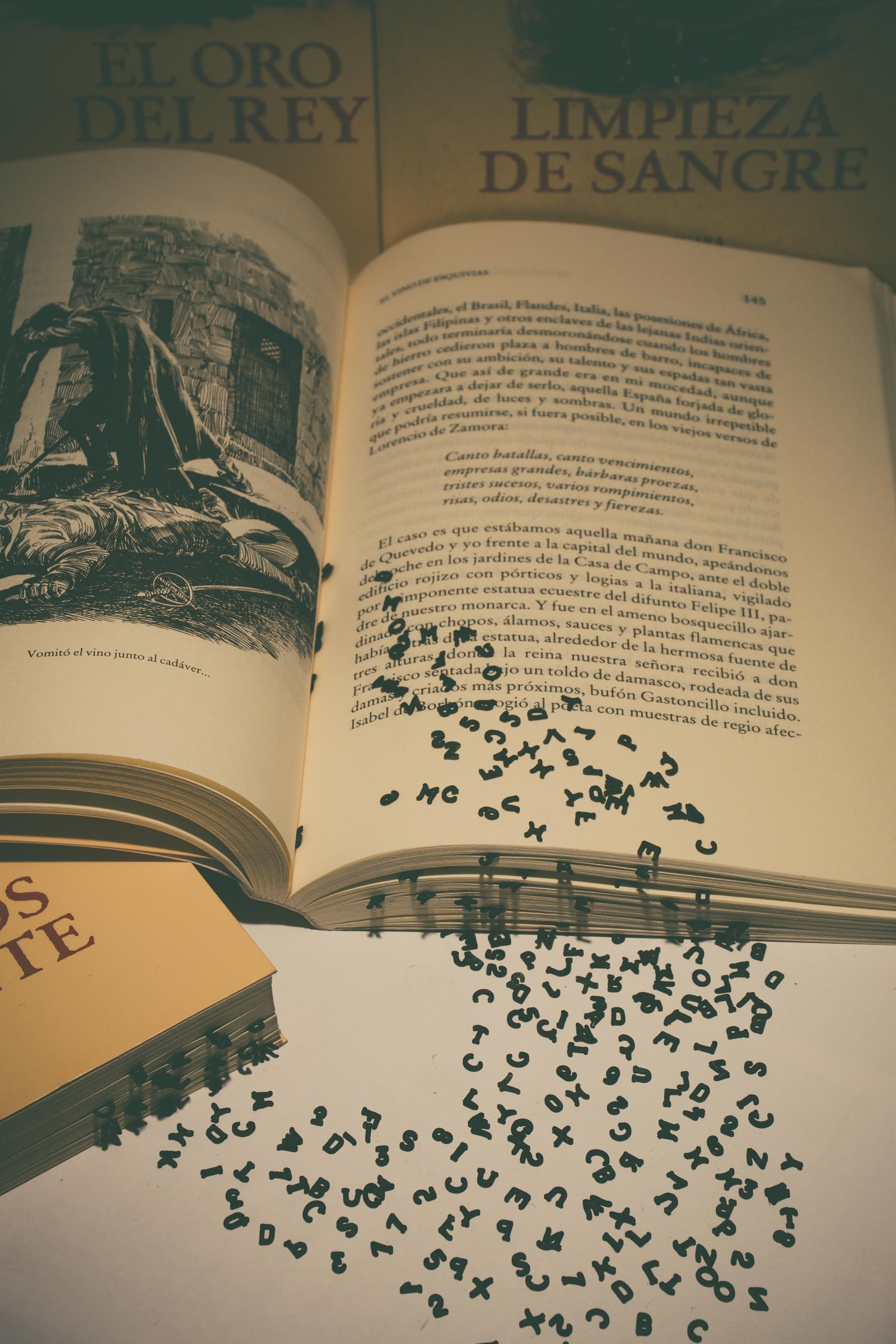Literature

Purpose and Structure
The study of literature allows students to develop a critical understanding and enjoyment of a wide range of literary texts. It encompasses works that vary in cultural origin, genre and time period in a variety of mediums. Literature provides students with the opportunity to be exposed to and reflect upon various views and values from a biblical perspective. The study of literature will also enhance literacy skills as well as foster a deep appreciation of literary compositions that demonstrate the complex duality of a fallen world trying to find redemption.
Unit 1: Reading Practices, Exploration of Literary Movements and Genres
In Reading Practices, students consider how language, structure and stylistic choices are used in different literary forms and types of text. They consider both print and non-print texts, reflecting on the contribution of form and style to meaning. Students reflect on the degree to which points of view, experiences and contexts shape their own and others’ interpretations of text.
In Exploration of Literary Movements and Genres, students explore the concerns, ideas, style and conventions common to a distinctive type of literature seen in literary movements or genres. Examples of these groupings include literary movements and/or genres such as modernism, epic, tragedy and magic realism, as well as more popular, or mainstream, genres and subgenres such as crime, romance and science fiction.
Unit 2: Voices of Country and The Text in its Context
In Voices of Country students explore the voices, perspectives and knowledge of Aboriginal and Torres Strait Islander authors and creators. They consider the interconnectedness of place, culture and identity through the experiences, texts and voices of Aboriginal and Torres Strait Islander peoples, including connections to Country, the impact of colonisation and its ongoing consequences, and issues of reconciliation and reclamation.
In The Text in its Context, students focus on the text and its historical, social and cultural context. Students reflect on representations of a specific time period and/or culture within a text. Students explore the text to understand its point of view and what it reflects or comments on. They identify the language and the representations in the text that reflect the specific time period and/or culture, its ideas and concepts. Students develop an understanding that contextual meaning is already implicitly or explicitly inscribed in a text and that textual details and structures can be scrutinised to illustrate its significance.
Unit 3: Adaptations and Transformation and Developing Interpretations
In Adaptations and Transformation, students focus on how the form of a text contributes to its meaning. Students explore the form of a set text by constructing a close analysis of that text. They then reflect on the extent to which adapting the text to a different form, and often in a new or reimagined context, affects its meaning, comparing the original with the adaptation. By exploring an adaptation, students also consider how creators of adaptations may emphasise or minimise viewpoints, assumptions and ideas present in the original text.
In Developing Interpretations students explore the different ways we can read and understand a text by developing, considering and comparing interpretations of a set text. Students first develop their own interpretations of a set text, analysing how ideas, views and values are presented in a text and the ways these are endorsed, challenged and/or marginalised through literary forms, features and language. These student interpretations should consider the historical, social and cultural context in which a text is written and set. Students also consider their own views and values as readers. Students then explore a supplementary reading that can enrich, challenge and/or contest the ideas and the views, values and assumptions of the set text to further enhance the students’ understanding.
Unit 4: Creative Responses to Texts and Close Analysis of Texts
In Creative Responses, students focus on the imaginative techniques used for creating and recreating a literary work. Students use their knowledge of how the meaning of texts can change as context and form change to construct their own creative transformations of texts. They learn how authors develop representations of people and places, and they develop an understanding of language, voice, form and structure. Students draw inferences from the original text to create their own writing. In their adaptation of the tone and the style of the original text, students develop an understanding of the views and values explored. Students develop an understanding of the various ways in which authors craft texts. They reflect critically on the literary form, features and language of a text, and discuss their own responses as they relate to the text, including the purpose and context of their creations.
In Close Analysis of Texts, students focus on a detailed scrutiny of the language, style, concerns and construction of texts. Students attend closely to textual details to examine the ways specific passages in a text contribute to their overall understanding of the whole text. Students consider literary forms, features and language, and the views and values of the text. They write expressively to develop a close analysis, using detailed references to the text.
